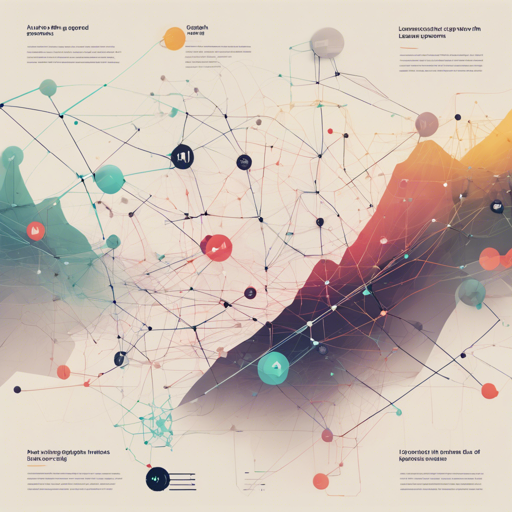Graph machine learning has become a vital area of study, and with the rise of automated machine learning (AutoML), managing graph datasets has never been easier. In this article, we will guide you through the steps to effectively use the Auto Graph Learning (AutoGL) toolkit.
What is AutoGL?
AutoGL is an AutoML framework developed to simplify the process of machine learning with graph datasets. It is designed for both researchers and developers to enable rapid deployment of graph-based machine learning tasks.
Installing AutoGL
Before diving into using AutoGL, you’ll need to install it. Here’s how:
Requirements
- Python (version 3.6.0)
- PyTorch (version 1.6.0 or higher) – [Installation Guide](https://pytorch.org)
- Graph Library Backend: You need either PyTorch Geometric (PyG) or Deep Graph Library (DGL). Choose a backend from [here](http://mn.cs.tsinghua.edu.cn/autogl/documentation/docfile/tutorialt_backend.html).
- If using PyTorch Geometric, ensure it’s version 1.7.0: [Installation Instructions](https://pytorch-geometric.readthedocs.io/en/latest/notes/installation.html)
- If using DGL, the version should be 0.7.0: [DGL Installation](https://dgl.ai)
Installation Steps
- To install via pip, run the following command:
- To install from source, follow these steps:
- For development purposes, create a soft link with this command:
pip install autoglgit clone https://github.com/THUMNLab/AutoGL.git
cd AutoGL
python setup.py installpip install -e .Understanding the Workflow of AutoGL
The workflow of AutoGL can be compared to preparing a grand banquet:
- Just like gathering all the ingredients (datasets), AutoGL organizes your graph datasets.
- The preparation of individual dishes (machine learning tasks) is managed by dedicated cooks (AutoGL solvers) according to their specialties: auto feature engineering, neural architecture search, auto model creation, hyperparameter optimization, and auto ensemble.
- The final presentation (output) reflects the combined efforts of the various elements coming together perfectly – just as a well-executed graph-based machine learning task does.
Exploring AutoGL Features
AutoGL includes numerous features, such as:
- Feature Engineering: Automatically extract essential features from your graph data.
- Model Development: Create models tailored to your specific graph tasks.
- Neural Architecture Search (NAS): Optimize architectures for better performance.
- Hyperparameter Optimization (HPO): Automatically tune models for maximum performance.
- Auto Ensemble: Combine models to enhance predictive accuracy.
Troubleshooting Common Issues
While using AutoGL, you may face some obstacles. Here are a few troubleshooting tips:
- **Installation Errors:** Ensure that you have compatible versions of Python, PyTorch, and your chosen graph library.
- **Dependency Issues:** If you encounter missing packages, try reinstalling the required dependencies as outlined in the requirements section.
- **Performance Issues:** Review your model configurations and hyperparameters or check the dataset quality to ensure optimal performance.
For more insights, updates, or to collaborate on AI development projects, stay connected with fxis.ai.
Final Thoughts
At fxis.ai, we believe that such advancements are crucial for the future of AI, as they enable more comprehensive and effective solutions. Our team is continually exploring new methodologies to push the envelope in artificial intelligence, ensuring that our clients benefit from the latest technological innovations.
Conclusion
With the rapid pace of advancement in AutoML and graph learning tools like AutoGL, researchers and practitioners have unprecedented opportunities to streamline their workflows and enhance their models. Dive in and start exploring what AutoGL has to offer today!

